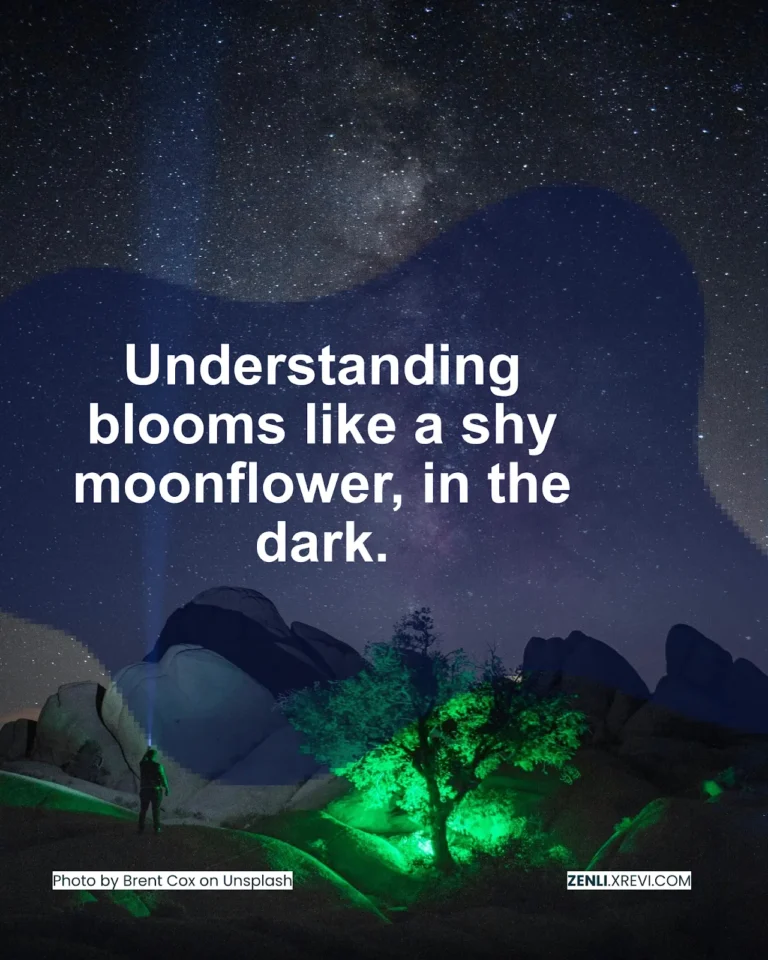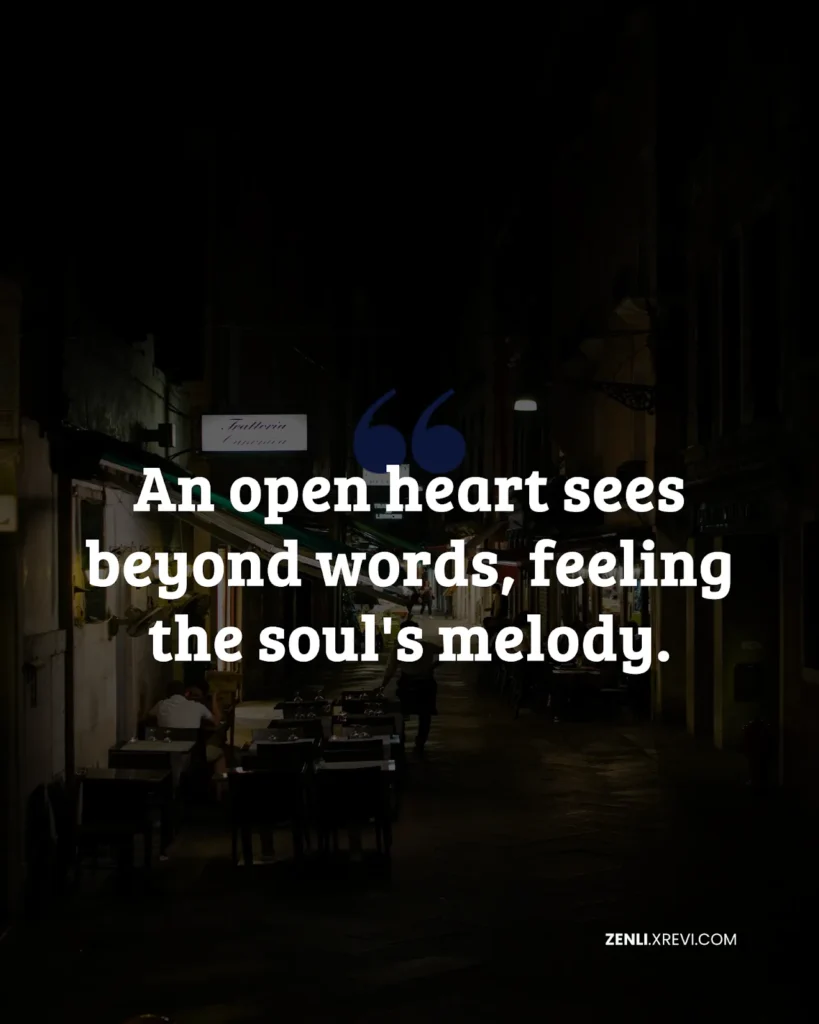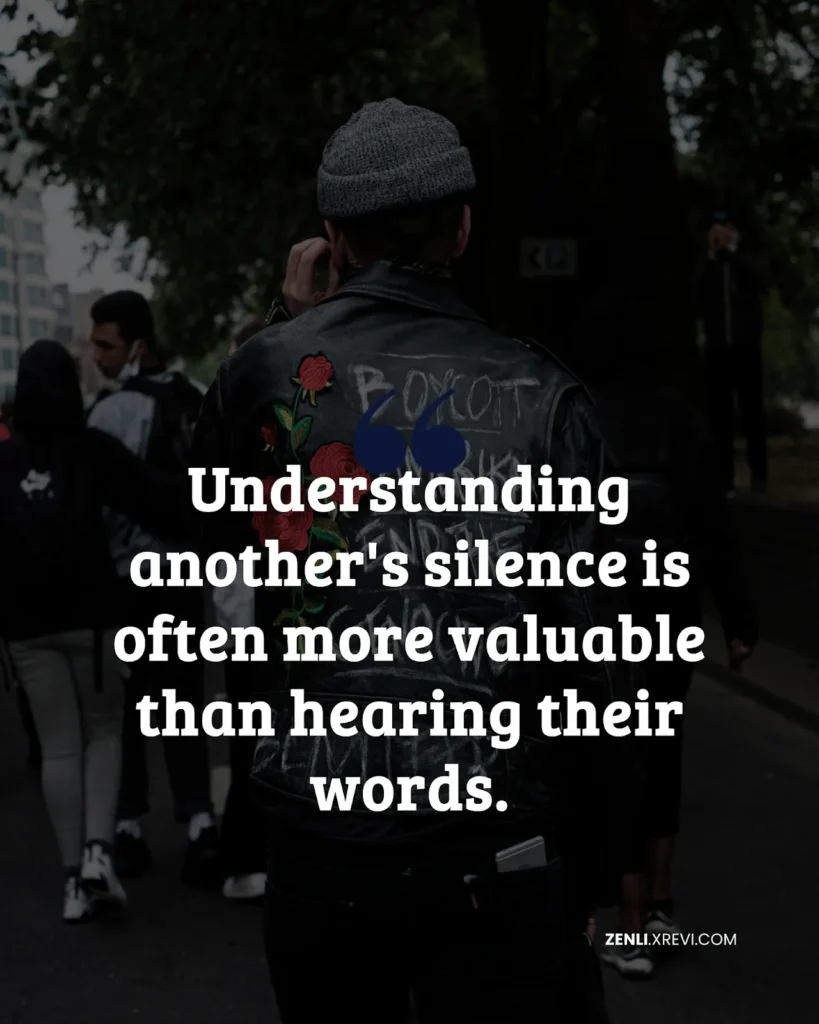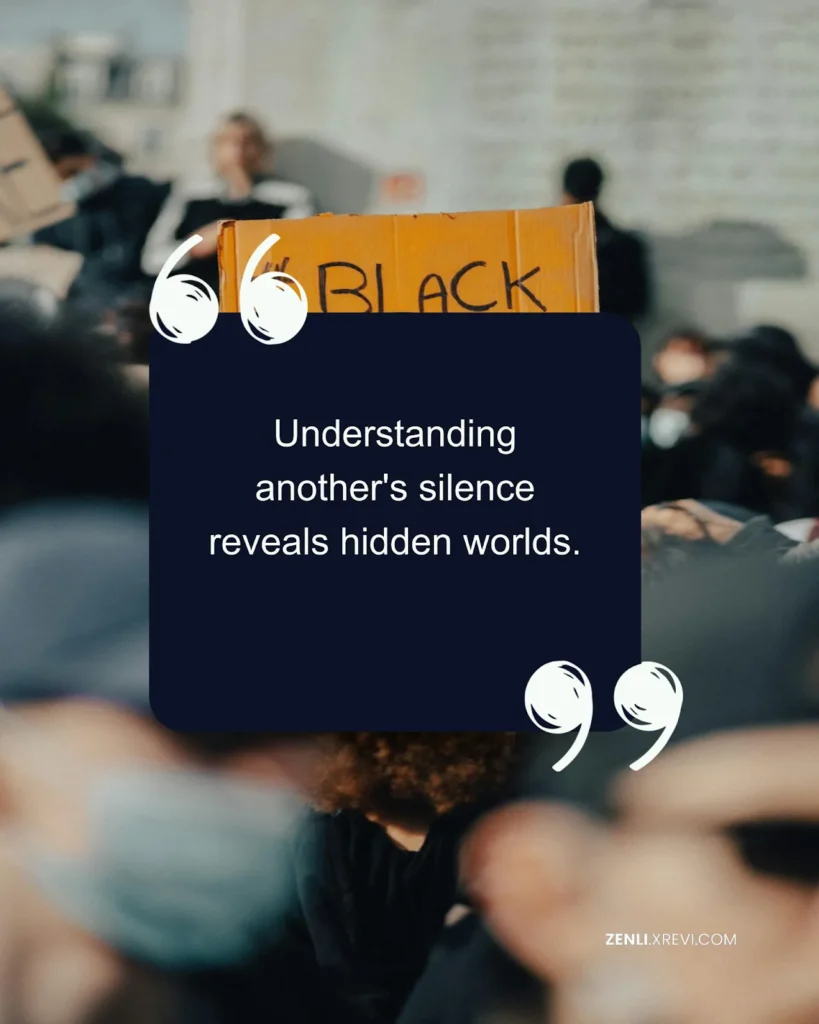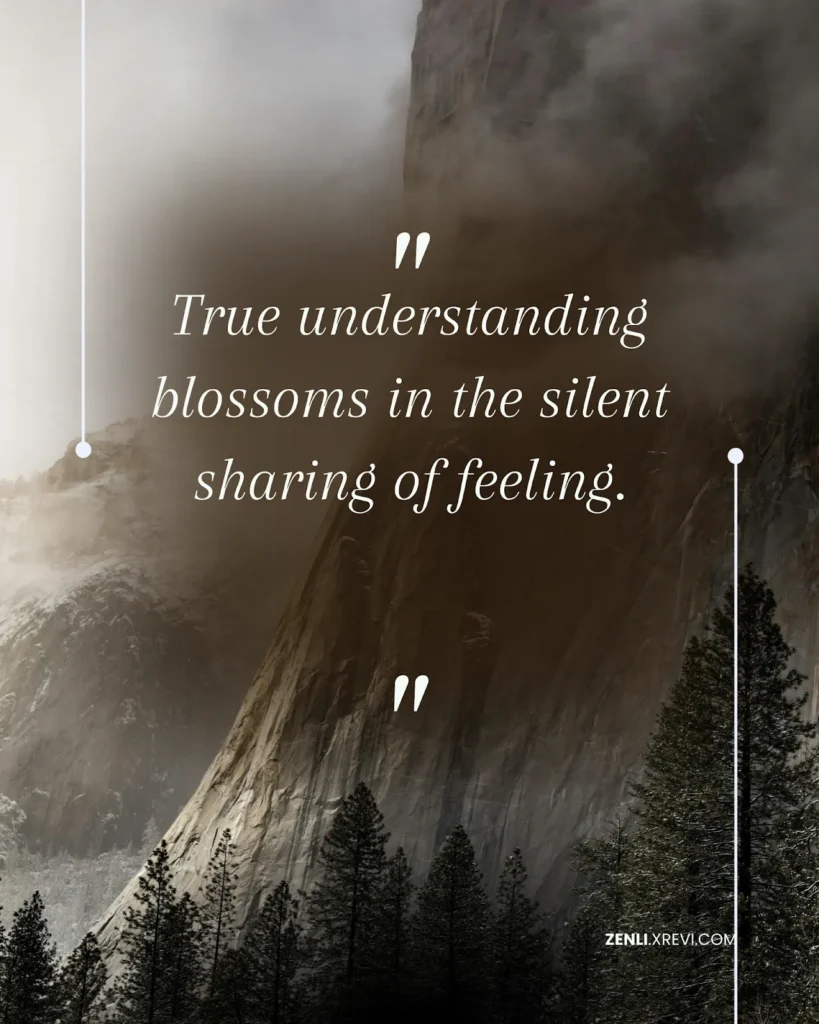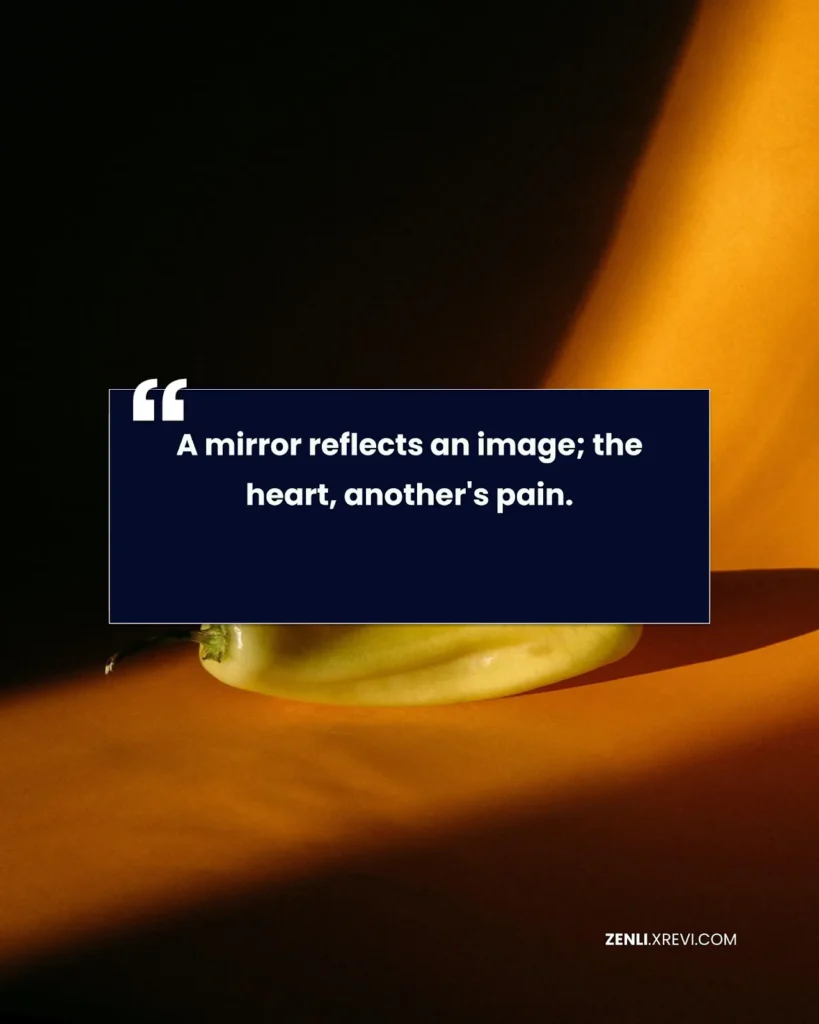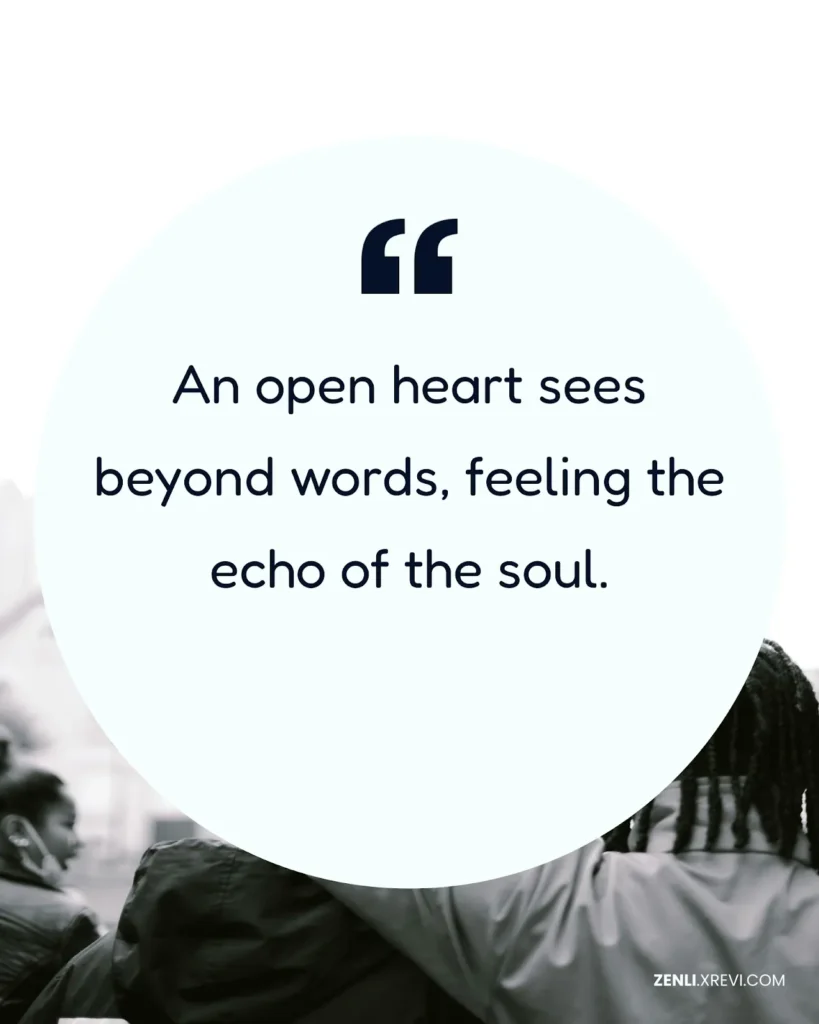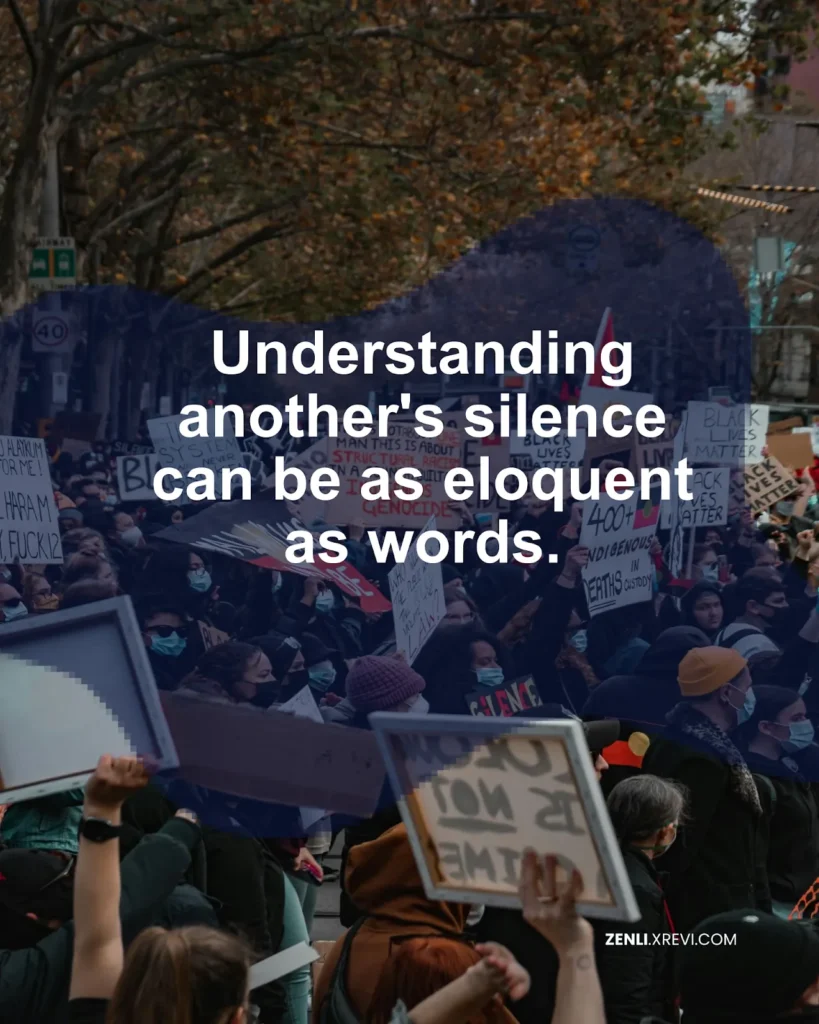We’ve all been there. That moment where a friend shares a difficult experience, a colleague struggles with a project, or a stranger’s vulnerability shines through in a fleeting interaction. How we respond in those moments, how we choose to engage (or not), speaks volumes about our capacity for empathy. It’s not always about grand gestures or sweeping pronouncements; often, true empathy lies in the quiet understanding, the silent acknowledgement of another’s pain or joy. It’s about stepping into someone else’s shoes, even just for a moment, and trying to see the world from their perspective. This isn’t always easy, and it certainly doesn’t come naturally to everyone. But cultivating empathy is a skill worth honing, one that enriches our relationships, broadens our understanding of the world, and ultimately makes us better human beings. It’s about recognizing the shared humanity that binds us all.
Understanding blooms like a shy moonflower, in the dark.
This beautiful image perfectly captures the essence of empathy. Think about a moonflower – it only unfurls its delicate petals under the cover of night, revealing its beauty in the absence of harsh sunlight. Similarly, true understanding often blossoms in the quiet spaces, away from the clamor of everyday life. It requires a willingness to listen deeply, to set aside our own preconceptions and biases, and to allow ourselves to be vulnerable alongside another. For example, imagine a friend battling depression. A simple, “I’m here for you,” might feel inadequate, but truly listening without judgment, offering a comforting presence without offering unsolicited advice, allows space for understanding to grow, like that shy moonflower slowly opening in the darkness. This doesn’t mean we suddenly “fix” their problems; it means acknowledging their pain and validating their experience. It’s about creating a safe space for their emotions to exist, even if we don’t fully comprehend them. This subtle act of presence, this quiet acceptance, is often the most potent form of empathy. It’s in those moments of shared vulnerability, often shrouded in the “darkness” of difficult emotions, that true connection and understanding unfold.
Empathy is not a passive trait; it’s an active practice. It requires conscious effort, self-reflection, and a genuine desire to connect with others on a deeper level. It’s about challenging our own perspectives and biases, striving to understand experiences different from our own. By cultivating empathy, we foster stronger relationships, create more compassionate communities, and contribute to a more understanding world. Take a moment today to reflect on your own interactions. Where could you have shown more empathy? Where could you have listened more deeply? What steps can you take to cultivate this essential human quality? Share your thoughts; let’s grow this “moonflower” of understanding together. The world needs more empathy, and each one of us plays a vital role in nurturing it.
Photo by Brent Cox on Unsplash
